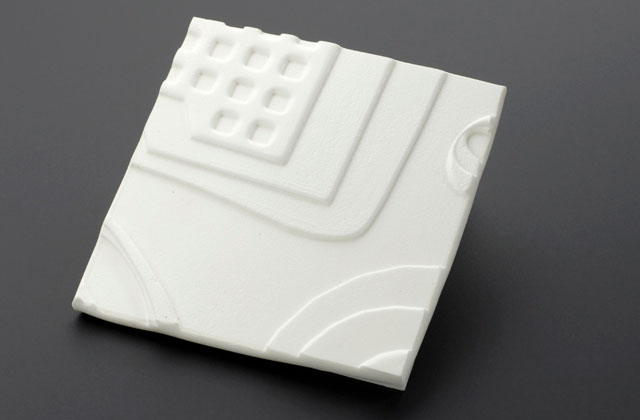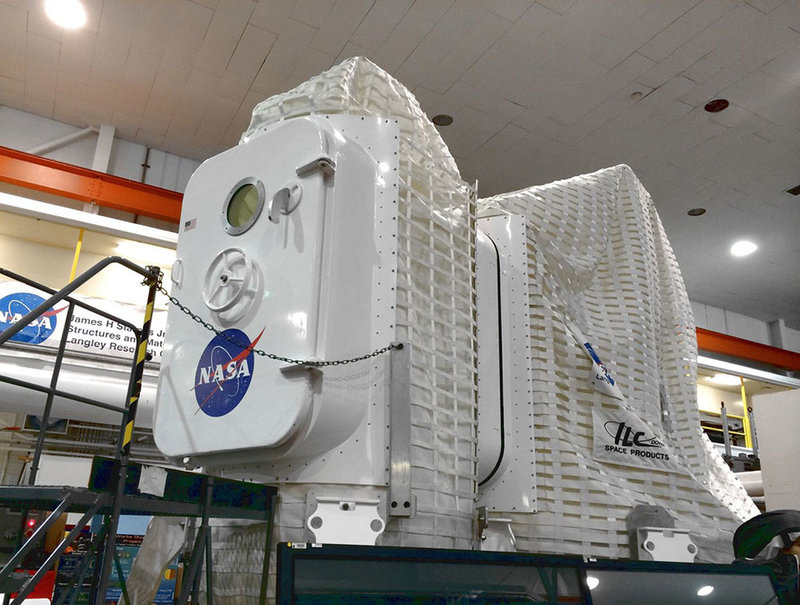Research
How are self-healing materials reshaping the structure of things?
Self-healing material is an artificial substance that repairs itself without any human diagnosis or invention.
Materials we use daily stop working for three main reasons.
First, most materials decay gradually due to ageing. This process can occur over a long period. For instance, plastic can break down after a few hundred years (it can do so sooner due to heat and light). Additionally, wood eventually rots when insects or microorganisms eat away at it.
Gradual wear is another certainty for most materials due to continual use. Friction is the number one wear-and-tear culprit–materials rub together repeatedly, moving back and forth and breaking because of fatigue.
Another issue that limits the lifespan of materials is the presence of defects. Many materials will suddenly break. Sometimes, applied forces (strains and stresses) can cause internal fractures in the form of tiny cracks (or other inner defects) to spread quickly.
According to many materials scientists, spontaneous failure is the most challenging and dangerous threat to materials. Regular maintenance and inspections help easily spot rotting wood, rusting iron, etc. Still, undetectable hairline cracks are buried in crucial components already deep within high-speed scorching-hot engines.
Nondestructive testing methods (e.g., ultrasound scanning) help discover possible issues during inspections. However, they don’t help much during usage failures.
On their own, these materials sense a breakage or failure and prevent it from worsening while repairing it ASAP.
Enter an innovation known as self-healing materials. These artificial components treat various objects to react like the human body. On their own, these materials sense a breakage or failure and prevent it from worsening while repairing it ASAP.
By definition, self-healing material is an artificial substance that repairs itself without any human diagnosis or invention. In another sense, these materials provide a version of automation since they perform an automatic function. The differentiating factor here, though, is that this automation occurs beyond the realms of digital transformation.
Examining self-healing materials
Polymers are plastics consisting of long, repeating molecules. These were mixed with an embedded internal adhesive to form the first self-healing materials, as was reported in 2001 by a team from the University of Illinois at Urbana-Champaign.
Since then, many other forms of self-healing material innovation have been introduced.
Examples of Self-Healing Materials

One sample of shape-memory polymer foam, as researched for use in shape-changing aeroplanes. Uploaded by Mrjohncummings, CC BY-SA 2.0
One of the best-known examples of self-healing materials is an embedded capsule. These have built-in microcapsules (minuscule embedded pockets) filled with a restorative glue-like chemical. If the material cracks inside, the capsules burst, releasing the repair material into the cracks and sealing them up.
Embedded capsules work similarly to epoxy, a type of adhesive glue. Epoxy is supplied as two liquid polymers, usually in two syringes. After mixing the liquids, a chemical reaction occurs, forming a strong adhesive.
Self-healing materials have several ways to use embedded capsules, two of which are detailed below:
- Filling the cracks and binding the material with an adhesive released by the capsules.
- Using a solid polymer as the material’s main body. Additionally, a liquid monomer (a basic, constantly repeating unit making up the polymer) is contained within the capsules. The monomer and polymer mix when the capsule breaks after the material fails. This causes more polymerization, healing the damage by replacing the damaged area with the original material. This method might also require the embedding of a chemical catalyst.
Other self-healing materials have internal "vascular" circulation. There are also shape-memory materials and reversible polymers.
Despite the many associated benefits, a few common problems have hampered many self-healing materials since their inception. A new innovation in the space aims to rectify that issue, which we’re examining below.
A new self-healing composite innovation was developed, allowing structures to repair themselves without needing to be removed from service.
A recent innovation in self-healing materials
Recently, a new self-healing composite innovation was developed, allowing structures to repair themselves without needing to be removed from service. Developed by engineering researchers, this state-of-the-art technology solves two problems forever plaguing self-healing materials, adding more lasting power to structural components (e.g., aircraft wings and wind turbine blades).

A multi-layered self-healing material system for impact mitigation from ballistic or hypervelocity events. ©NASA
The two quintessential hurdles typically hindering self-healing materials are as follows:
- For materials to heal, they must regularly be removed from service (e.g., oven hearing is often a necessity, which can’t be done with larger components or while a part is in use).
- Self-healing is only effective for a limited time. For instance, the material can often heal several times, but the self-repairing properties would suffer.
This newly innovated composite rectifies the above issues. It will also ensure all affected structural components maintain optimal healing strength and performance.
The core elements of evolved Self-Healing Materials
Below, we’ll examine the nuts-and-bolts details of the innovative self-healing fibre-reinforced composites introduced above:
Fibrous reinforcement layers (like bonded-together carbon fibre and glass) help construct laminated composites. Typically, damage occurs when these layers’ binding agent (or “glue”) starts to delaminate and peel away from the reinforcement.
The research team's first step to address this issue was 3D printing a thermoplastic healing agent pattern onto the reinforcement material. They also embedded the composite with a thin heating layer, melting the healing agent. As needed, the healing agent flows into the composite’s microfractures or cracks and then repairs them.